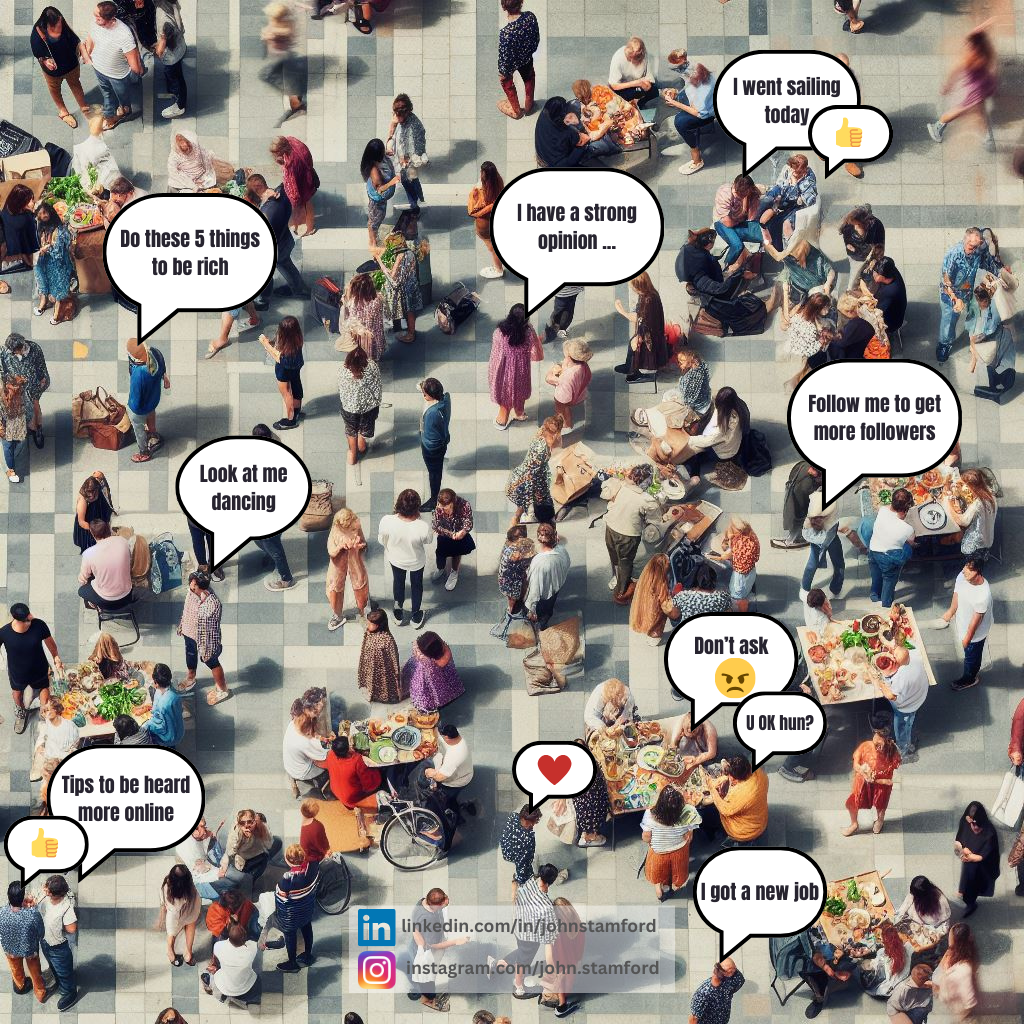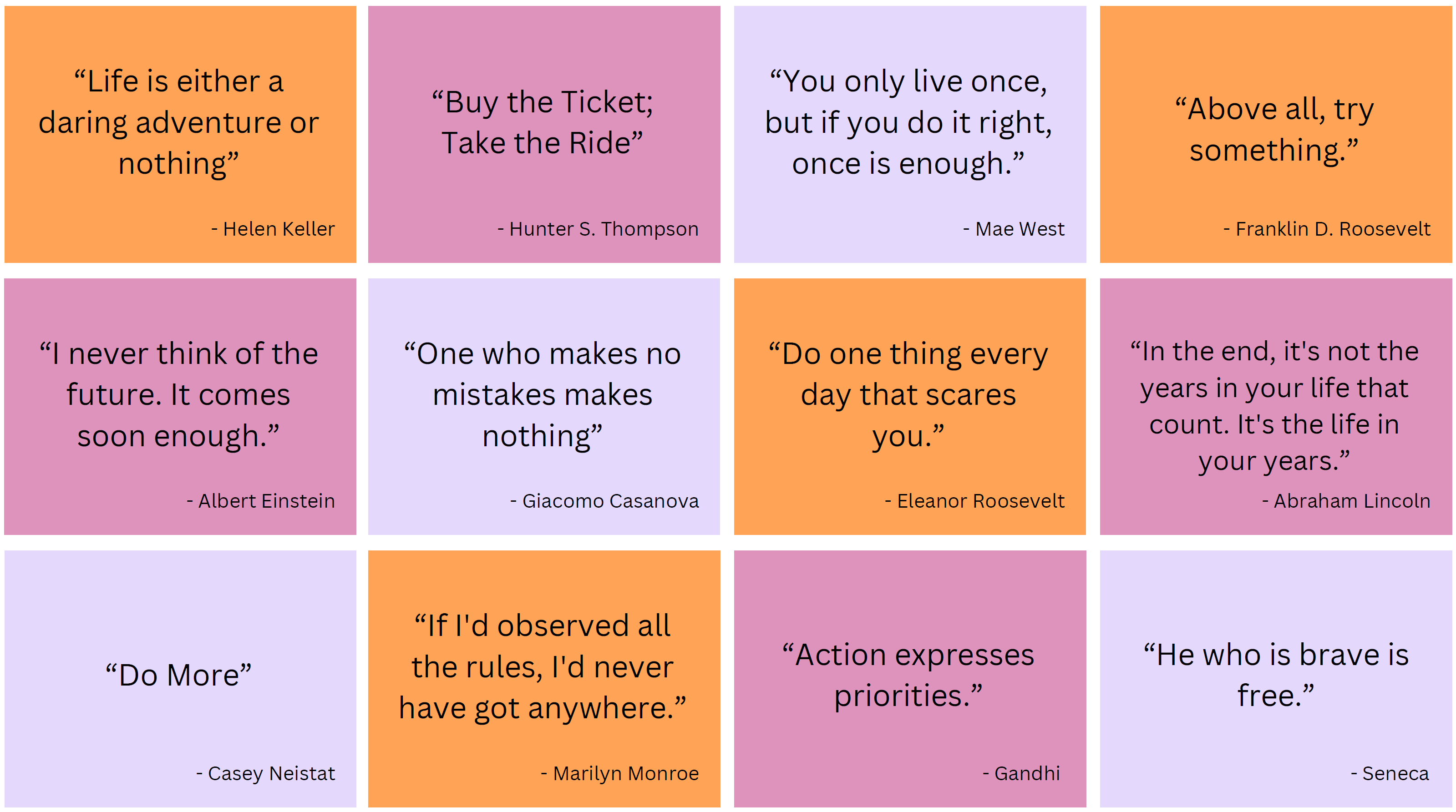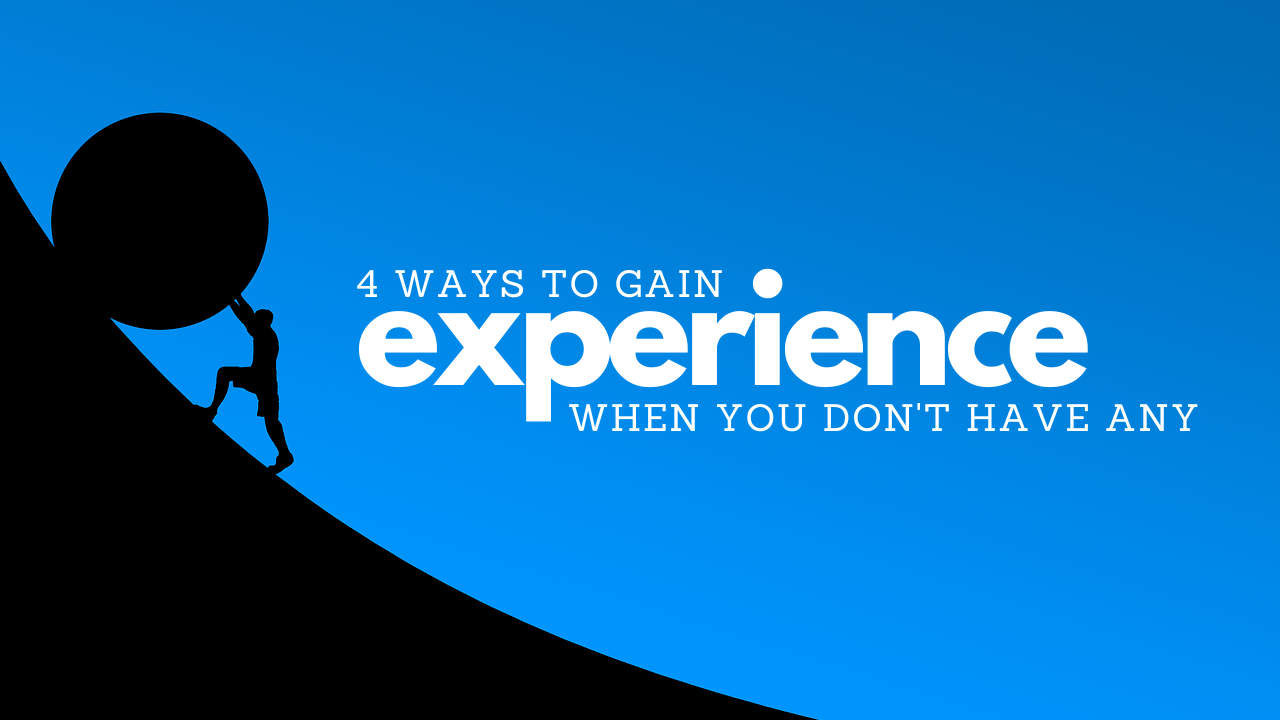I tend to visualise social media as Elon Musk describes his desire for Twitter/X, as the … 6 tips for navigating the “Digital Town Square”Read more
Buy the ticket, take the ride
This week has been a tough week. One of the toughest in a while. Nothing major … Buy the ticket, take the rideRead more
I made a simple AI system to create images
I created a simple AI system to create images of handwritten numbers. This is a relatively … I made a simple AI system to create imagesRead more
Dear: [insert employee id here]
To my kids I am Dad, to my wife, I am her husband and to my … Dear: [insert employee id here]Read more
The solopreneur
I grew up in a family, a city and a time when ‘good’ looked like a … The solopreneurRead more
Luck = preparation x opportunity
Luck, why do some people seem to have it and others don’t, and what can we … Luck = preparation x opportunityRead more
4 ways to gain experience (that work)
There’s this meme out there which goes something like – “entry-level position, applicants must have 10 … 4 ways to gain experience (that work)Read more
The original ‘big tech’
Let’s set the scene, it’s 1997, I’m 18 years old and I’ve just started work in … The original ‘big tech’Read more
1:1 (pronounced ‘one-to-one’)
The 1:1 is a term given to a meeting between two people. Here we are talking … 1:1 (pronounced ‘one-to-one’)Read more
A simple way to improve your internal communication
A simple technique is the HPM. HPM stands for Highlights, People and Me. It’s a weekly … A simple way to improve your internal communicationRead more










